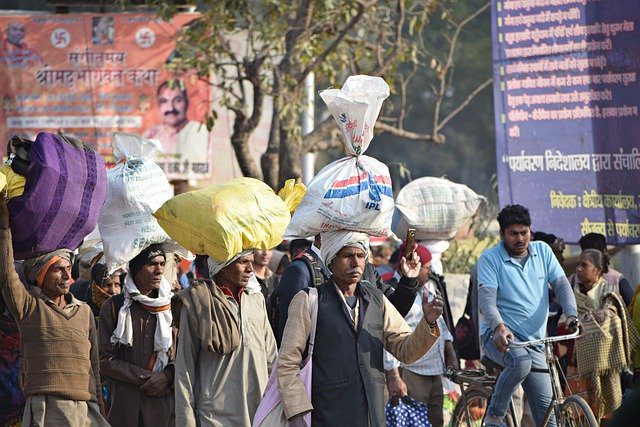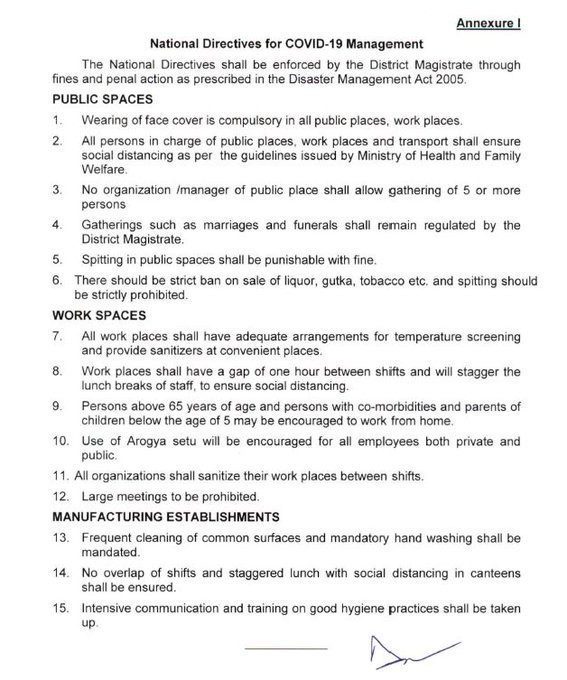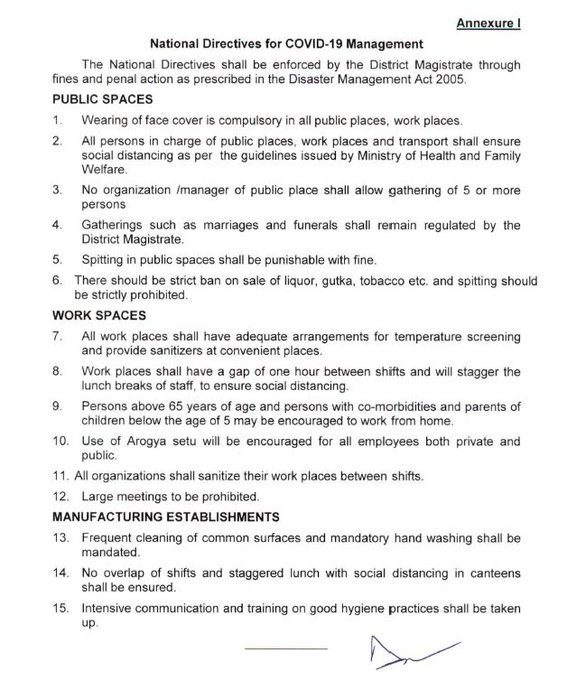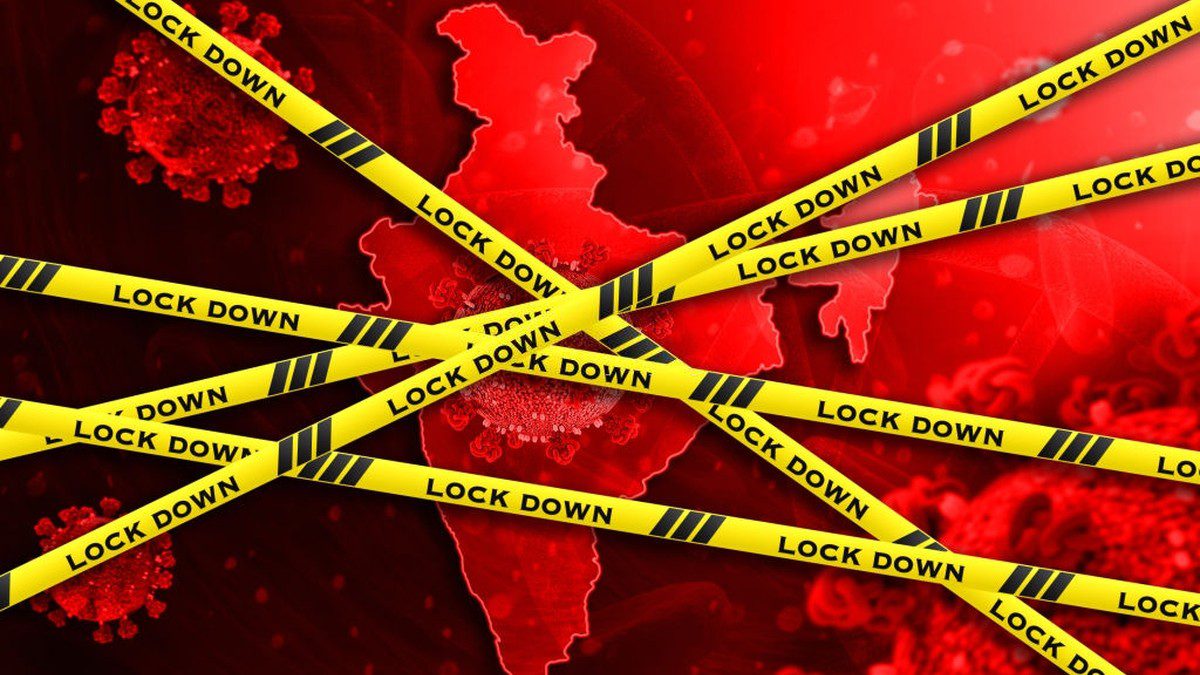India calls it lockdown 2.0, it’s an extension of the earlier 21 days lockdown that started on 25th March and ended on 14th April. Indian Prime Minister Narendra Modi addressed the nation in a televised presence on 14th April and announced that the 21-day lockdown was to be extended till May 3.
Furthermore, he added that the following ‘Lockdown 2.0’ will be more rigorously imposed with “strict vigilance” lasting till April 20, this is to ensure that the lockdown will be able to contain the spread of the virus However, he also added that there will be certain “relaxations” after April 20.
The government has now provided relief to few sections of the society in a newly released COVID-19 guidelines. All the establishments, however, have been asked to follow strict social distancing.
According to a report by Economic Times, the Central Government has issued a fresh list of guidelines to be followed during the lockdown extension, also being addressed as ‘lockdown 2.0’.
The list also contains a set of “relaxations” to be allowed in certain areas. The list is given below

- All self-employed people like electricians, plumbers, mechanics, carpenters, etc. have been allowed to go for work.
- Courier services and vehicles used by e-commerce operators are also allowed.
- Shops, carts, and booths those selling fruits, vegetables, milk, dairy products, meat, fish, poultry, groceries, and hygiene items have been allowed to function with no restriction on opening and closing timings. They, however, have to abide by social-distancing.
- Medical shops, labs, vet centres have been allowed to function in non-containment zones.
- Dhabas in highways are allowed to remain open.
- Regarding the movement of people, in emergencies like picking up essential goods, medical and veterinary care, a two-wheeler containing one on the driver’s seat and one on the back-seat is allowed. In case of a two-wheeler, only one person is allowed.
- Banks, ATMs, insurance companies, capital and debt markets are to remain open.
- Agricultural activities to remain fully functional. Select industries in rural areas are to reopen considering the plight of daily-wage labourers. Construction of roads and buildings in rural areas has also been allowed.
Some of the prohibitions issued in the guidelines are mentioned below
- Sale of liquor, gutkha, and tobacco are strictly prohibited, reports Money Control.
- Travel by air, rail, and road is prohibited.
- Educational and training institutions, shopping malls, cinema halls, and theatres remain closed, according to Economic Times.
- Social, political, and religious events/gatherings are prohibited.
- Spitting in public punishable by fine.
There are also some state-level guidelines applicable depending on the state of residence or operation. Guidelines like wearing a mask is mandatory in some states like Maharastra and UP.
Other measures like social distancing, sanitary measures are compulsory in public and work-places.
Here’s a look at the directives issued by the Ministry of Home Affairs:


India is at the stage of a pandemic where it has to tread a thin line between keeping the economy alive and feed its unprivileged, while also containing the spread of the virus.
An explosion in the number of cases has the potential to overwhelm the healthcare system in India. However, until now India seems to be in control of pandemic management.



